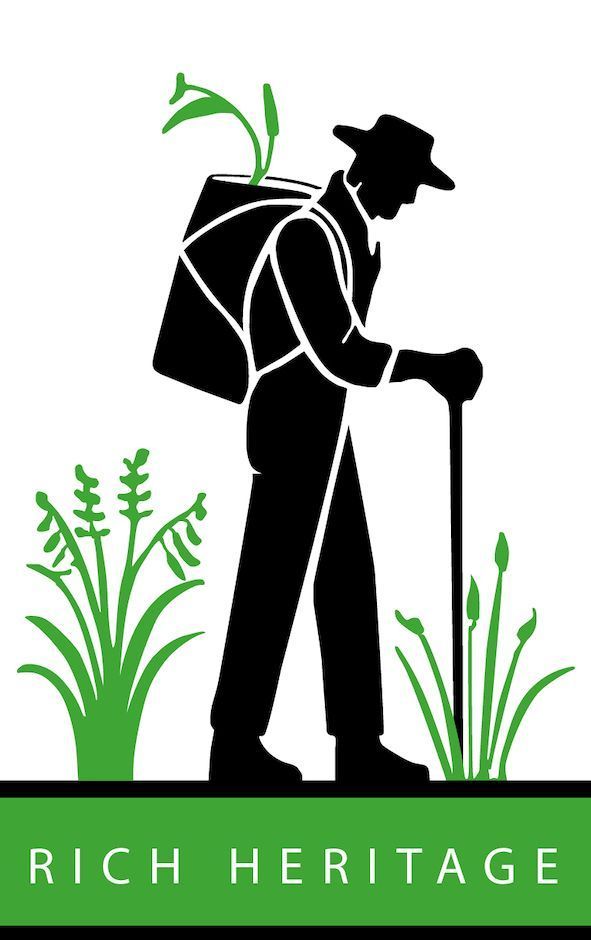William Henry Fox Talbot
1800 Dorset (UK) -1877 Lacock (UK)
The versatile English scientist and pioneer William Henry Fox Talbot is best known as a pioneer for modern photography. He exposed silver chloride-coated, fibrous paper in a camera obscura, causing the areas where the light fell to darken. The addition of bile acid to the exposed paper accelerated the development of the image and revolutionized early photography.
This reduced the exposure time of the recording from one hour to one minute. This process was later called Calotype or Talbottype. For the first time (and in contrast to the daguerrotype, which does not use a negative and the exposed copper-silver plate), photographers could make multiple prints from the same negative and could play with contrast, light and dark during printing.
Talbot's numerous publications as a classicist, physicist and mathematician overshadow his exceptional qualities as an artist, such as his 24 calotypes in 'Pencil of Nature', and later in his series of a hundred brilliant, high-quality colorful botanical photograms. Talbot's assistant was a Dutchman, Nicolaas Henneman from Heemskerk.


